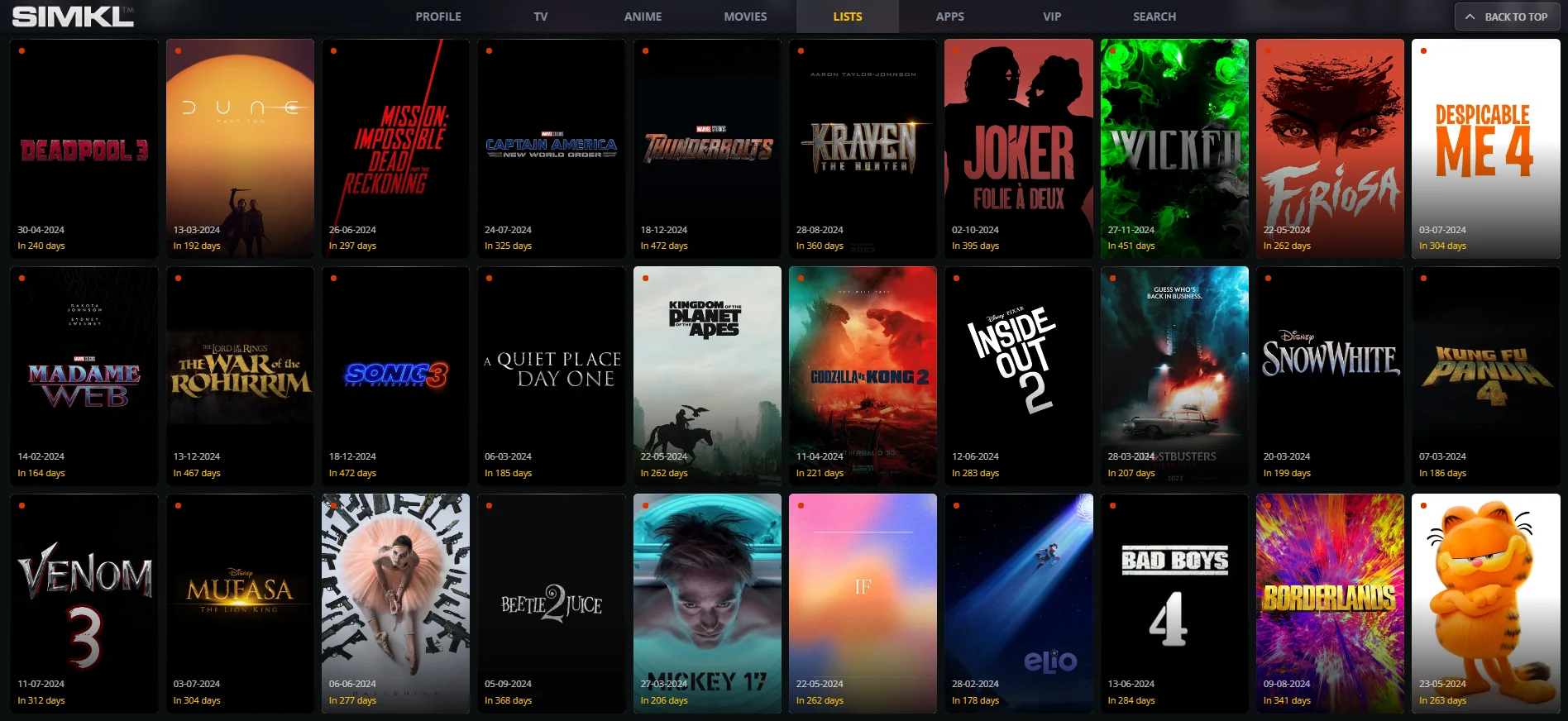How Do Customers Engage with a Virtual Queue System?

Long wait times and disorganized service lines can frustrate customers and affect a business's reputation. A virtual queue system solves these issues by allowing customers to secure their place in line without physically standing in a queue. This technology improves service efficiency while enhancing the customer experience.
Using a queue management system for businesses like healthcare facilities, government offices, and retail stores creates a structured approach to managing customer flow. Explore how this system works, how customers interact, and why it has become a critical tool for modern service environments.
What Is a Virtual Queue System?
A virtual queue system is a digital solution that allows customers to join a service queue without being physically present in a waiting area. It helps businesses manage customer flow by assigning a virtual position in line and notifying customers when it’s their turn for service.
Key Features of a Virtual Queue System:
- Remote Check-In: Customers can join the queue from a kiosk, reception desk, or online portal.
- Digital Waitlist Management: Real-time updates about queue positions and wait times.
- Automated Notifications: Alerts customers when their turn approaches.
- Queue Prioritisation: Organises customers based on service type or urgency.
Nemo-Q offers a streamlined queue management system that simplifies customer flow without using AI, mobile apps, or website queuing.
How Does a Virtual Queue System Work?
Engaging with a virtual queue system is straightforward and designed to minimize customer effort while improving service delivery. Here's how it typically works:
Step 1: Check-In Process
- Customers check the queue via a kiosk, reception desk, or a self-service portal.
- Personal details and service preferences are collected.
- A digital ticket is issued with a unique queue position.
Nemo-Q provides a digital waitlist for in-person check-ins without needing mobile apps or website queuing.
Step 2: Queue Assignment and Wait Time Management
- The queue management system assigns a position in the line based on check-in time or service priority.
- Customers receive estimated wait times and are updated if delays occur.
This ensures transparency and reduces perceived wait times.
Step 3: Real-Time Notifications
- The system sends notifications (via SMS or display screens) when a customer's turn approaches.
- Customers can monitor their progress while remaining free to move around.
Step 4: Service Completion and Feedback
- Once a customer’s turn arrives, they are directed to the service counter.
- Post-service, businesses can collect feedback through the system to measure satisfaction.
How Customers Engage with a Virtual Queue System
A well-implemented virtual queue system makes customer engagement simple and effective. Here’s how customers interact with it at different stages:
1. Joining the Queue
- At-Location Check-In: Customers join the queue using a physical kiosk.
- Assisted Check-In: Staff can manually add customers to the digital waitlist.
- Self-Service Options: Customers can input their service needs during check-in.
This flexibility reduces wait times and offers a self-directed service approach.
2. Receiving Queue Updates
- Visual Notifications: Display screens show real-time queue progress.
- Audio Alerts: Verbal announcements can notify customers when they’re next.
- SMS Alerts: Automated messages for real-time updates.
Nemo-Q’s queue management system keeps customers informed without requiring mobile apps.
3. Adjusting Queue Preferences
- Rescheduling: Customers can modify their appointment slot if needed.
- Service Transfers: Customers who need a different service can be transferred to the relevant queue.
This ensures flexibility and better service personalization.
4. Real-Time Waiting Management
- Customers can leave the waiting area while being part of the virtual queue.
- Automated reminders help them return when their turn arrives.
This feature enhances comfort and reduces perceived wait times.
5. Receiving Service and Feedback
- Upon service completion, customers can provide feedback through surveys.
- Businesses can collect satisfaction data to measure service quality and identify areas for improvement.
Nemo-Q’s queue management system supports feedback collection for quality monitoring.
Benefits of a Virtual Queue System for Customers
Reduced Physical Wait Times:
- Customers can wait comfortably without standing in line.
- Real-time updates reduce the frustration caused by uncertainty.
Convenience and Flexibility:
- Customers can check in without physical interaction.
- Automated notifications keep them informed wherever they are.
Transparency:
- Clear wait time estimates prevent confusion.
- Real-time updates help manage expectations.
Improved Service Experience:
- Personalized service handling based on queue priority.
- Faster issue resolution due to streamlined queue management.
Benefits of a Virtual Queue System for Businesses
Enhanced Efficiency:
- Reduces overcrowding in waiting areas.
- Allows staff to focus on service rather than managing queues manually.
Better Resource Management:
- Optimises staff allocation based on queue data.
- Balances workload across multiple service points.
Data-Driven Insights:
- Provides valuable data on wait times and service efficiency.
- Helps identify peak hours for better staff scheduling.
Key Metrics to Track for Measuring Virtual Queue Success
To measure the success of a queue management system, businesses can track the following metrics:
- Average Wait Time: Measures how long customers wait before being served.
- Queue Length: Monitors the number of customers in the queue at any given time.
- Service Completion Rate: Tracks how many customers receive service compared to those who leave early.
- Customer Satisfaction Score (CSAT): Captures feedback on the service experience.
Nemo-Q provides comprehensive data reporting for service improvement.
Industries That Benefit from a Virtual Queue System
Healthcare Facilities:
- Manage patient flow efficiently.
- Reduce overcrowding in waiting rooms.
Government Offices:
- Handle high volumes of citizens seeking services.
- Provide clear wait time updates for better service experiences.
Retail and Banking:
- Improve service efficiency in stores and branches.
- Enhance customer satisfaction with reduced physical wait times.
Conclusion
A well-implemented virtual queue system transforms the customer experience by reducing physical wait times, improving service flow, and enhancing communication. Businesses can improve operational efficiency while keeping customers satisfied when paired with an effective queue management system. Contact Nemo-Q today to explore how their virtual queue system can help your business deliver exceptional service.
What's Your Reaction?


















